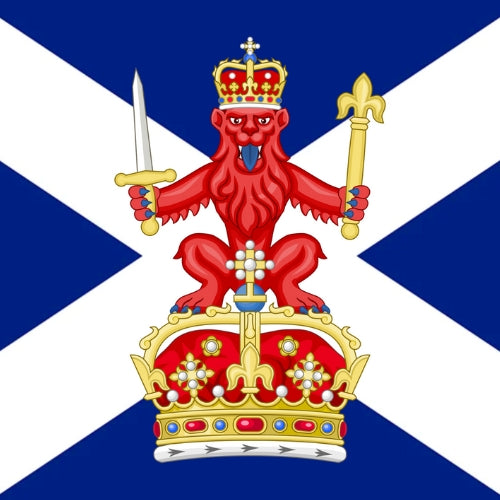You can settle almost anything with a coin flip, no matter how big or small. But what is the true meaning of such action and what is its significance throughout history?
The History of the Coin Flip
The act of flipping a coin to determine one of two possible outcomes has been around for centuries. In ancient Rome, it has been seen as a game of chance referred to as ‘Heads or Ships’, or ‘navia aut caput’, because of the two-headed god design and the ship’s prow that appeared on early coinage.
The rules for a Roman toss of coin were different however, in as much as they would not call out, as we do today, their prediction of the winning side of the coin. One of the protagonists would be assigned “heads”. As the emperor was on the heads side of the coin, it was assumed that the emperor agreed with the person who wins. The “ship” side of the coin always lost.
Later in Middle-aged Britain, the game was known as ‘Cross or Pile’ due to the ‘heads’ side featuring a cross and the ‘tails’ side being referred to as the ‘pile’ because of its indentations from the pressing process.
Throughout history though, no matter what it’s name or reasoning, it has continued to be used for the same thing. To settle a dispute, make a decision or end a rivalry.
Why ‘Heads or Tails’?
Today, the coin toss is widely used as a form of making a decision between two equally possible answers. One person flips the coin in the air, while the other person (or one of the two participants) shouts heads or tails.
‘Heads’ refers to the side of the coin that features a portrait, or head, while ‘Tails’ refers to the opposite side. This is not because it features any form of tail, but because it is the opposite of heads.
So, when trying to determine who goes first, or who gets to make a decision, if the person calls out ‘heads’ and the heads side of the coin lands face up, then this person is the winner. But if it lands on ‘tails’, the other person wins. Simple.
When is the Coin Toss Used?
The coin toss has become a part of everyday life, with many using it to simply decide between trivial differences. However, it has also been used in far more significant and well-known ways such as to decide who will kick off a football match, and more significantly, to determine the outcome of the 1968 European Championships 0-0 finish, before the penalty shootout was introduced.
In 1969, the new decimal fifty pence in Britain was used for the coin tosses of both the FA and Scottish Cup Finals.
The ownership of the Triple Crown winning racehorse Secretariat was agreed with the toss of a coin.
Portland, Oregon, was a coin flip away from being named Boston, Oregon.
The Wright Brothers agreed which of them would attempt the world’s first flight, with a coin toss.
A plane crash in Iowa in 1959 claimed the lives of Buddy Holly, “The Big Bopper” J.P. Richardson and Ritchie Valens. The event was immortalized in Don McCleans song “American Pie” as he recalls it as “The day the music died”. Ritchie Valens was only on the plane because he won a coin toss with one of Buddy Hollys bandmates, Tommy Allsup, who ended up taking the bus.
Is the Coin Toss Reliable?
There are many people that now claim that the coin toss isn't a fair way of determining a result. Maybe they lost their most recent coin flip? Either way, they insist that coin designs of today often have specific advantages, or disadvantages, depending on the geometry and the differences in weight between the two sides.
Some would argue that the ‘heads’ side of the coin is the more favourable option, because of its thicker and more prominent design, while others state that it’s all determine by the way the coin is allowed to land. On the floor, you add the randomness element, while in a hand you have control and weight plays a factor.
There’s also the very rare, but possible, situation where the coin lands on its side and does not fall to show heads or tails. This occurred in 2013 during an American Football game between the Detroit Lions and the Philadelphia Eagles. As in this case and with most, if a coin lands on its side a second flip is to take place.
Considering the act of flipping a coin is such a simple thing, a surprising level of drama and upset can occur from that 50/50 landing position. Children and adults alike will shout “heads” or “tails” and watch with bated breath as the coin is flipped and they hope the result goes their way.
